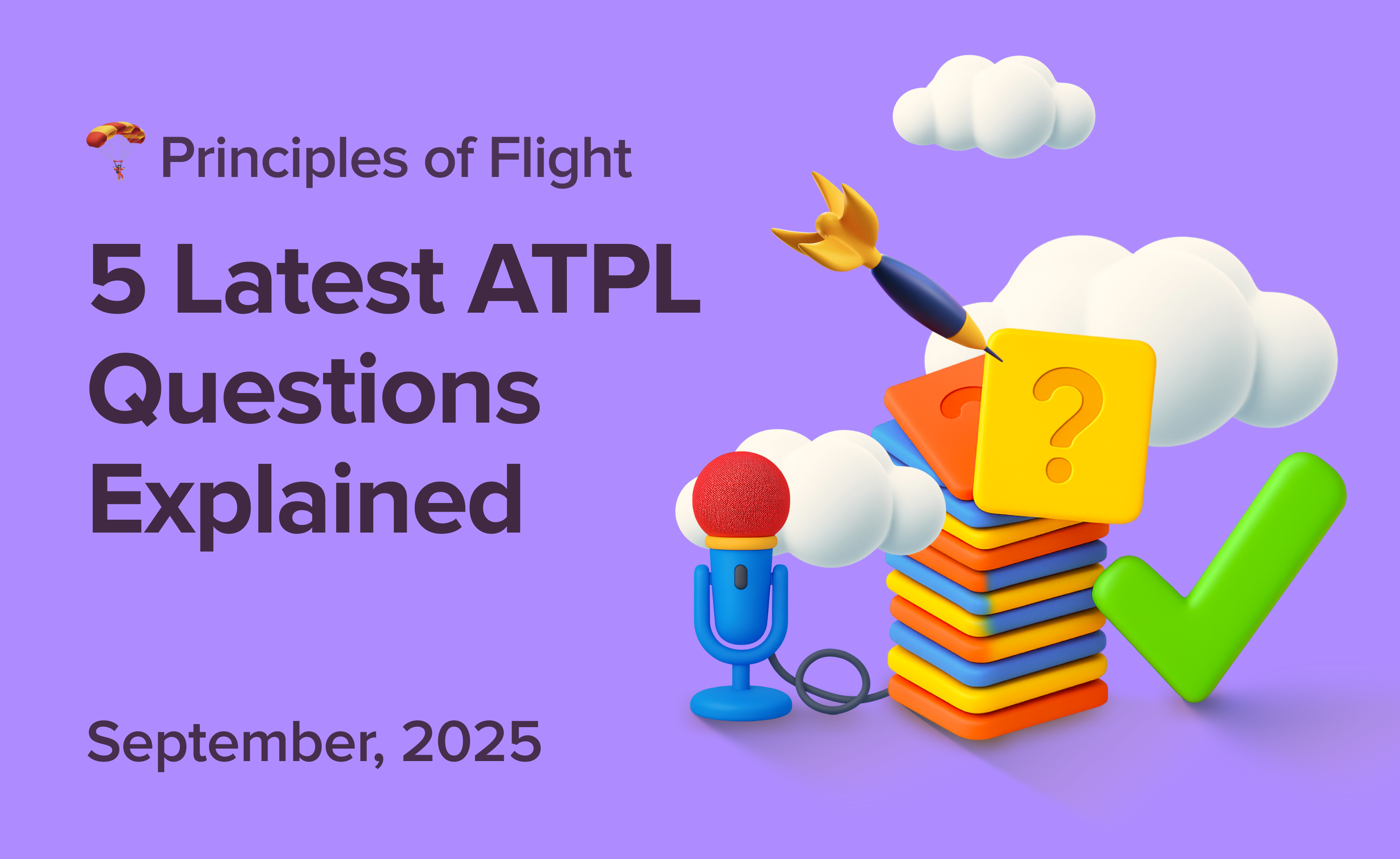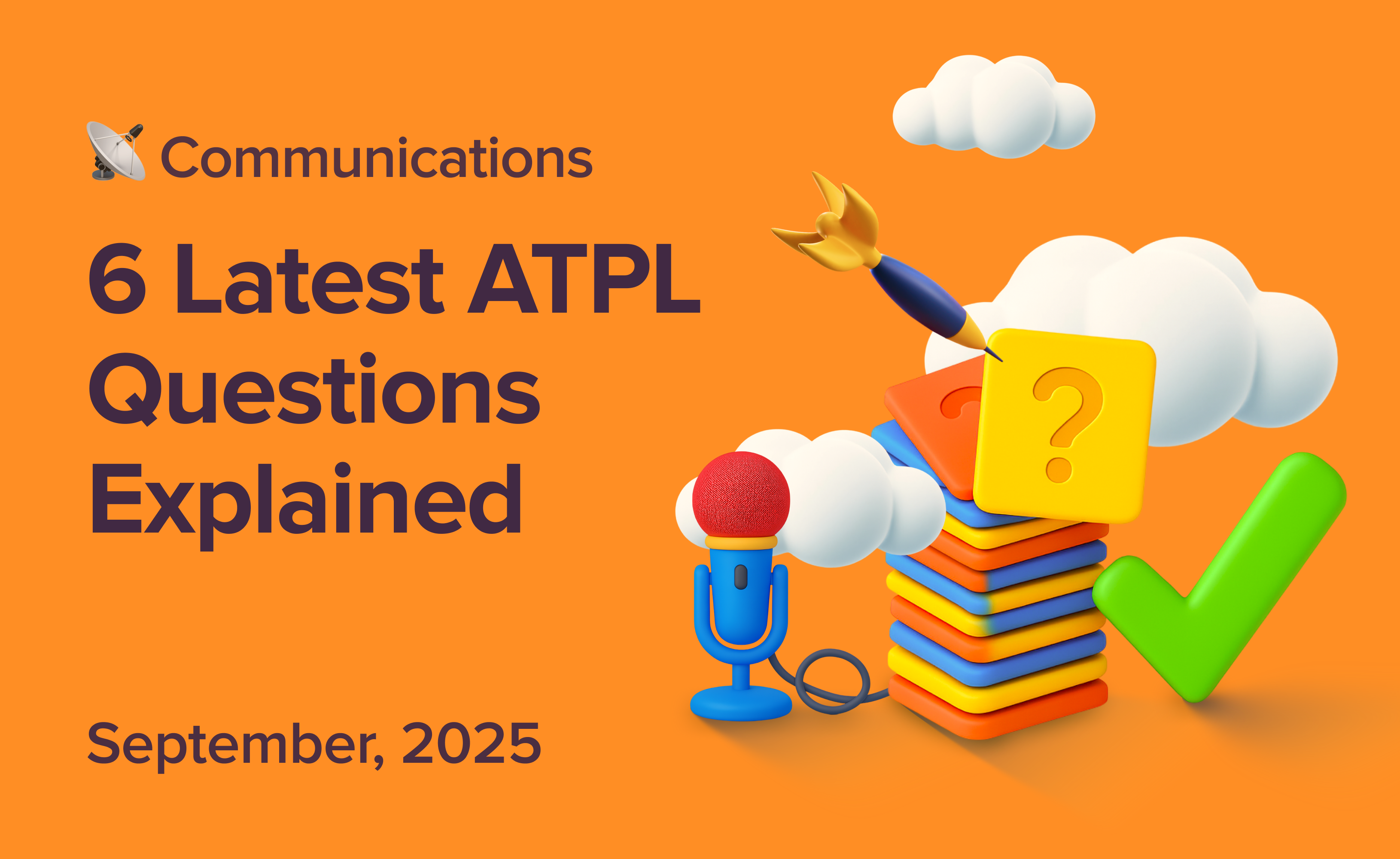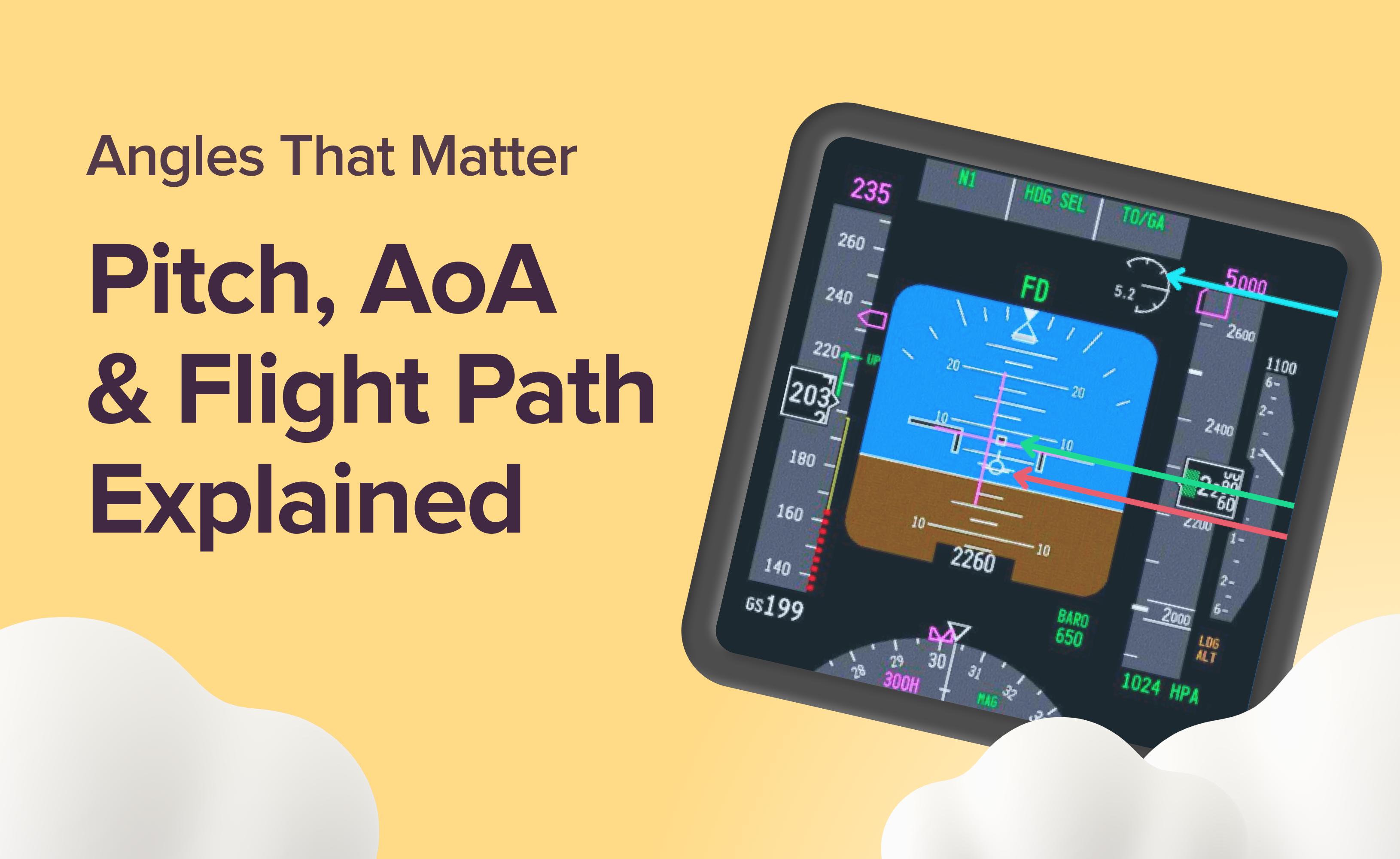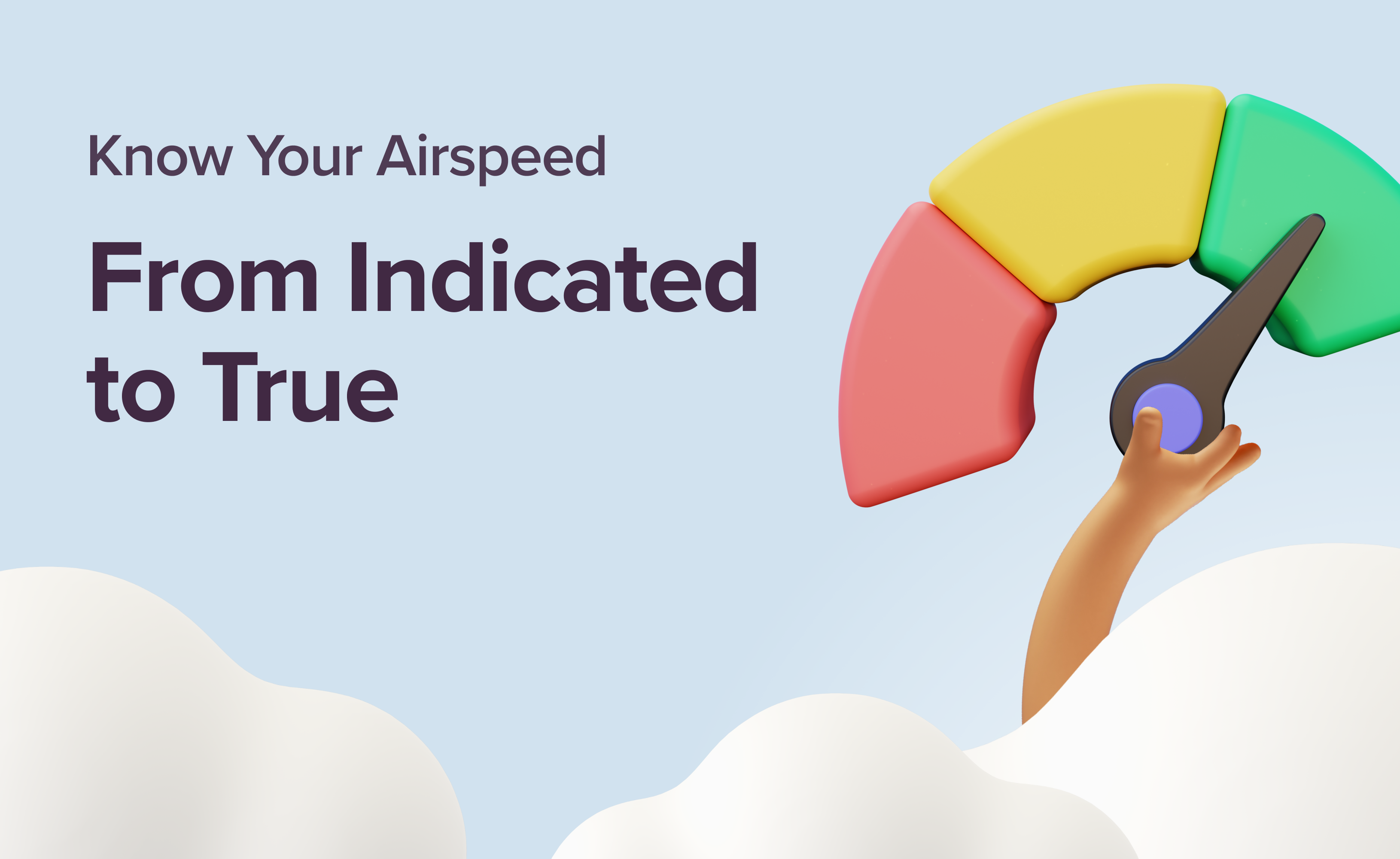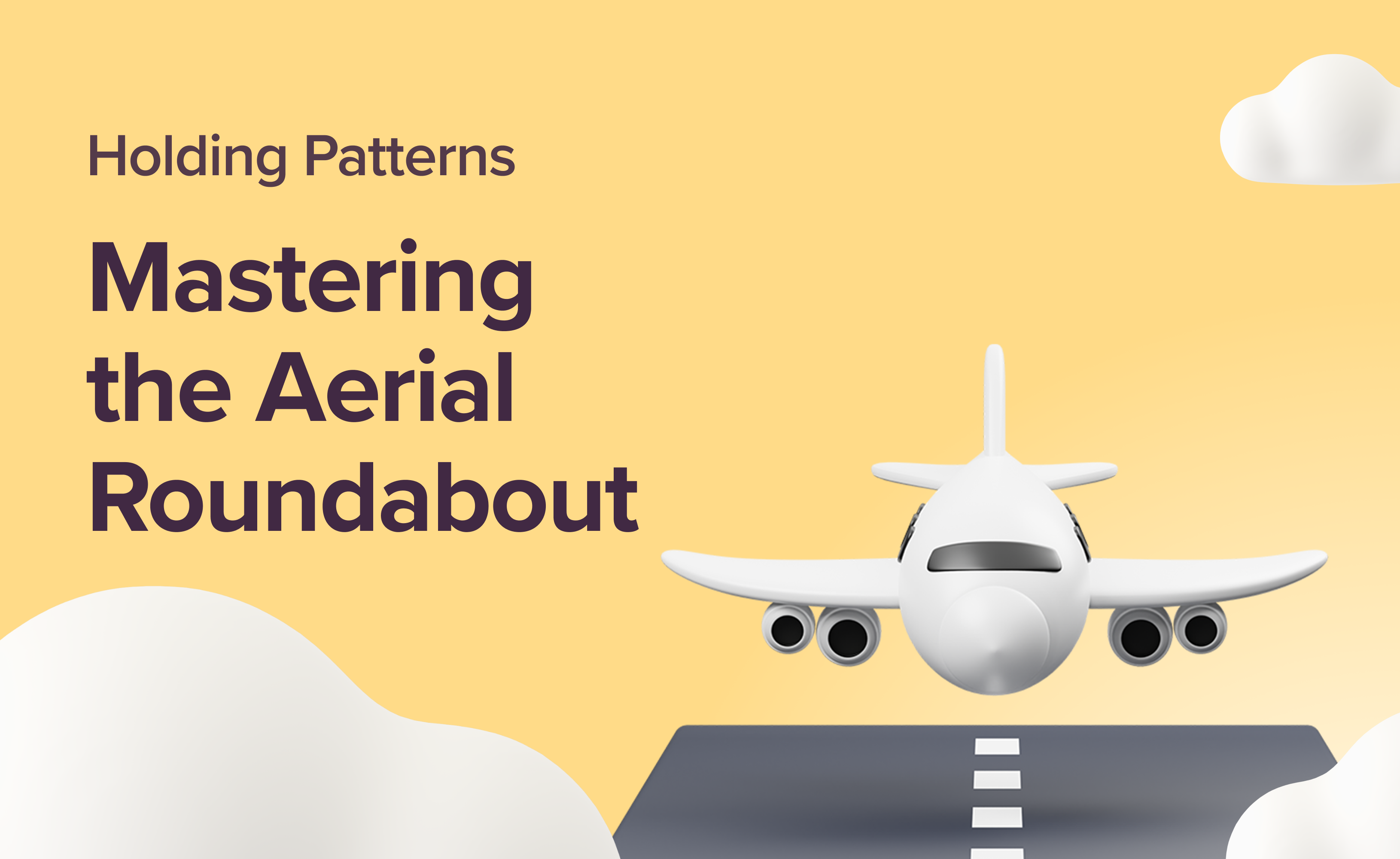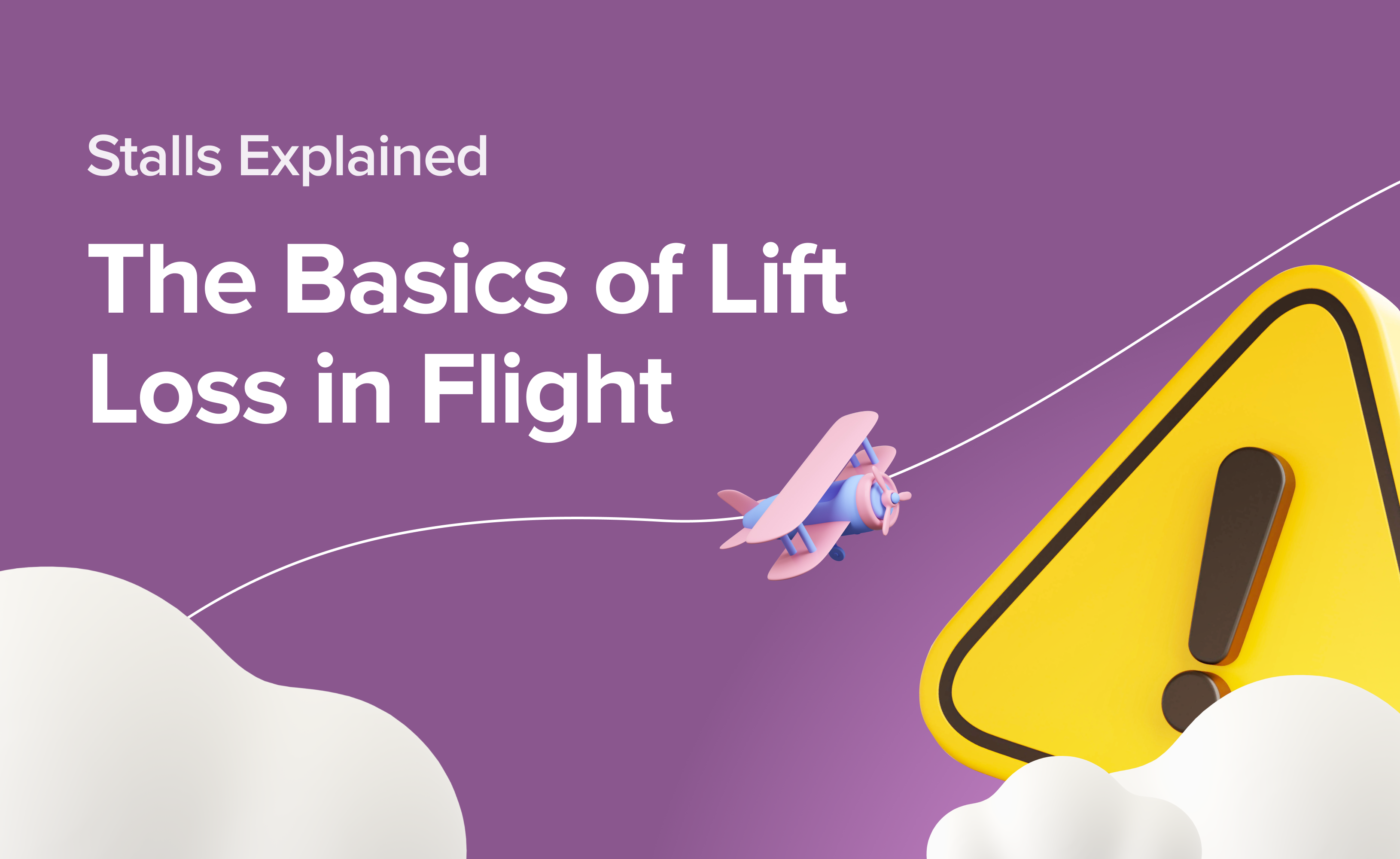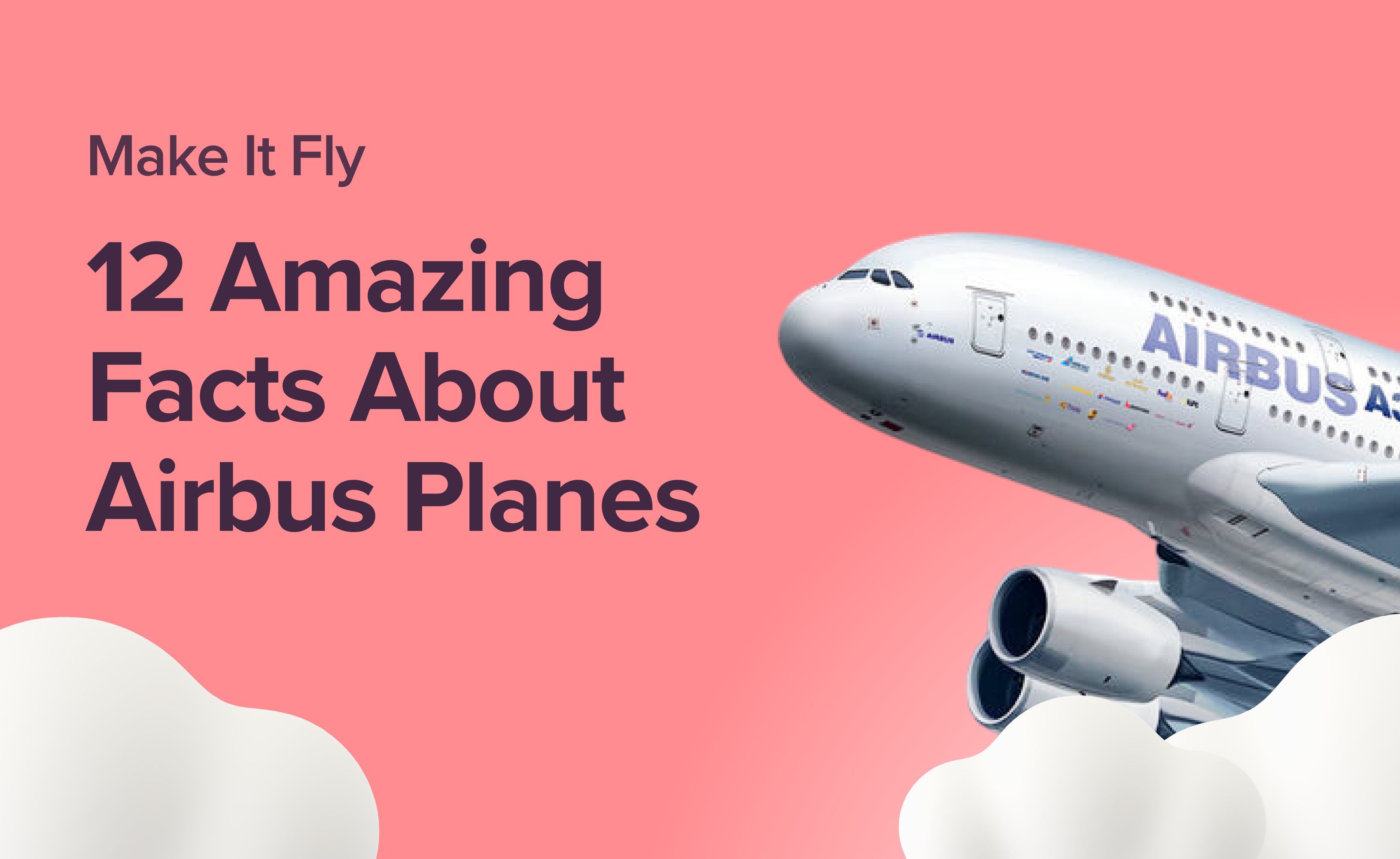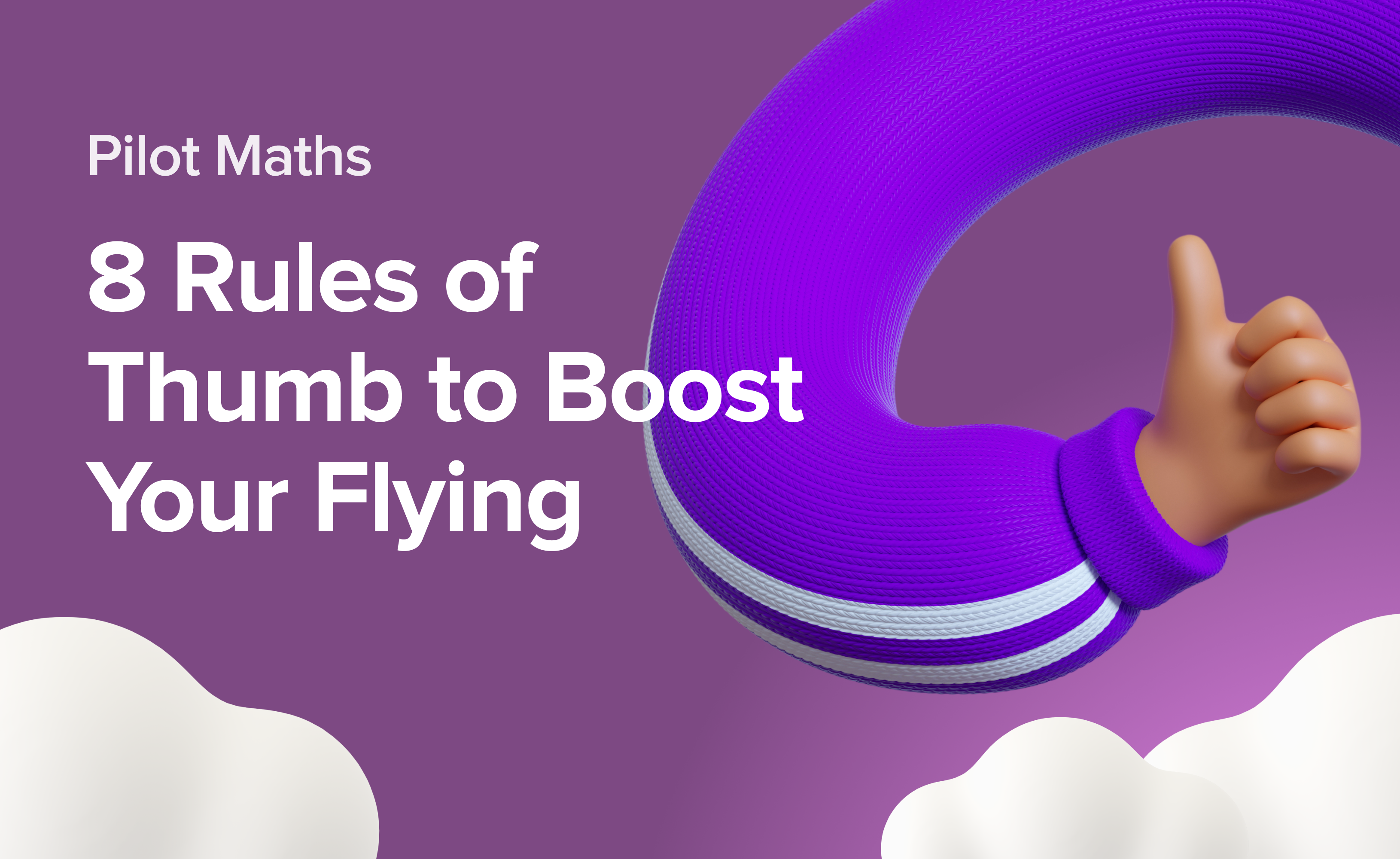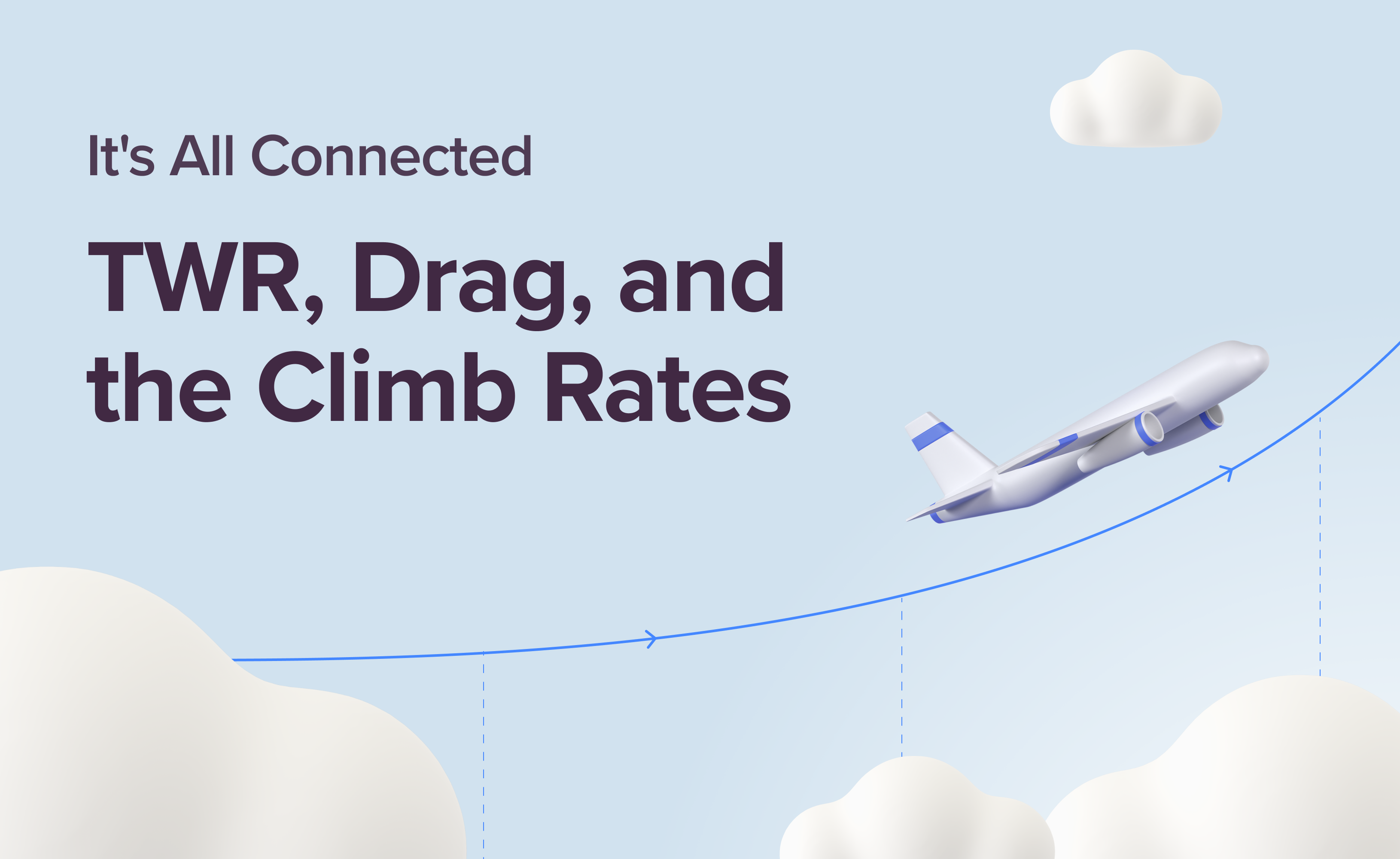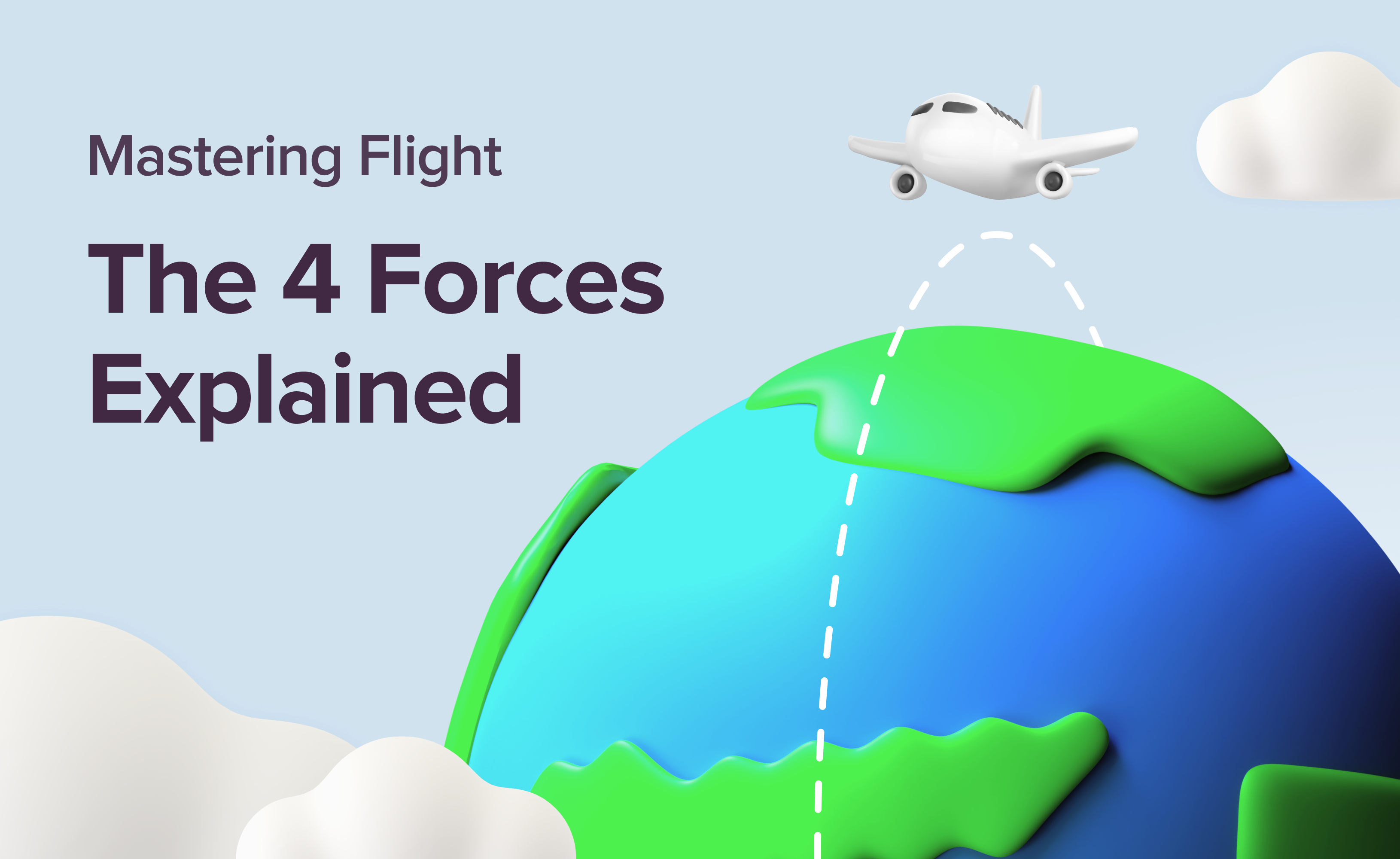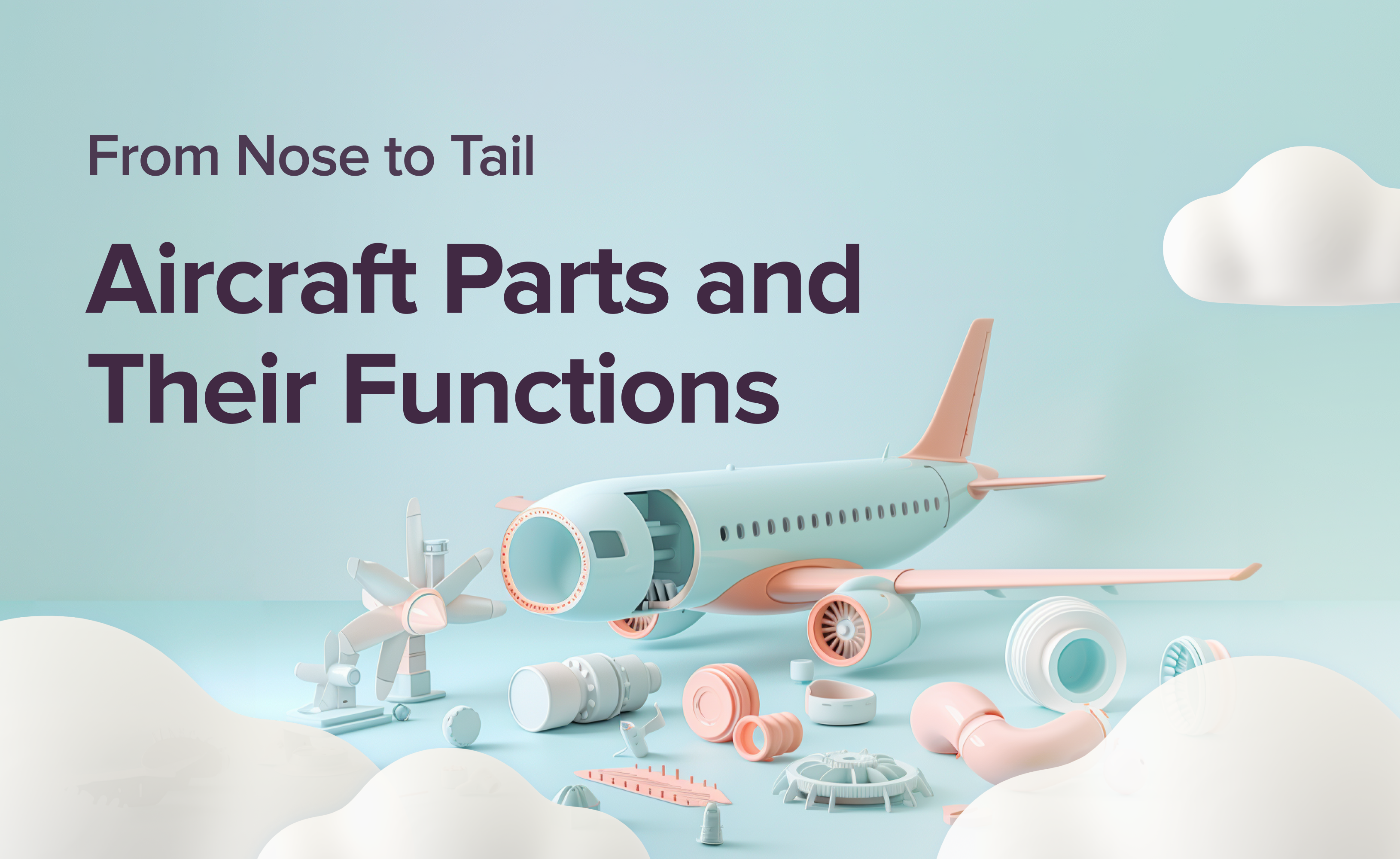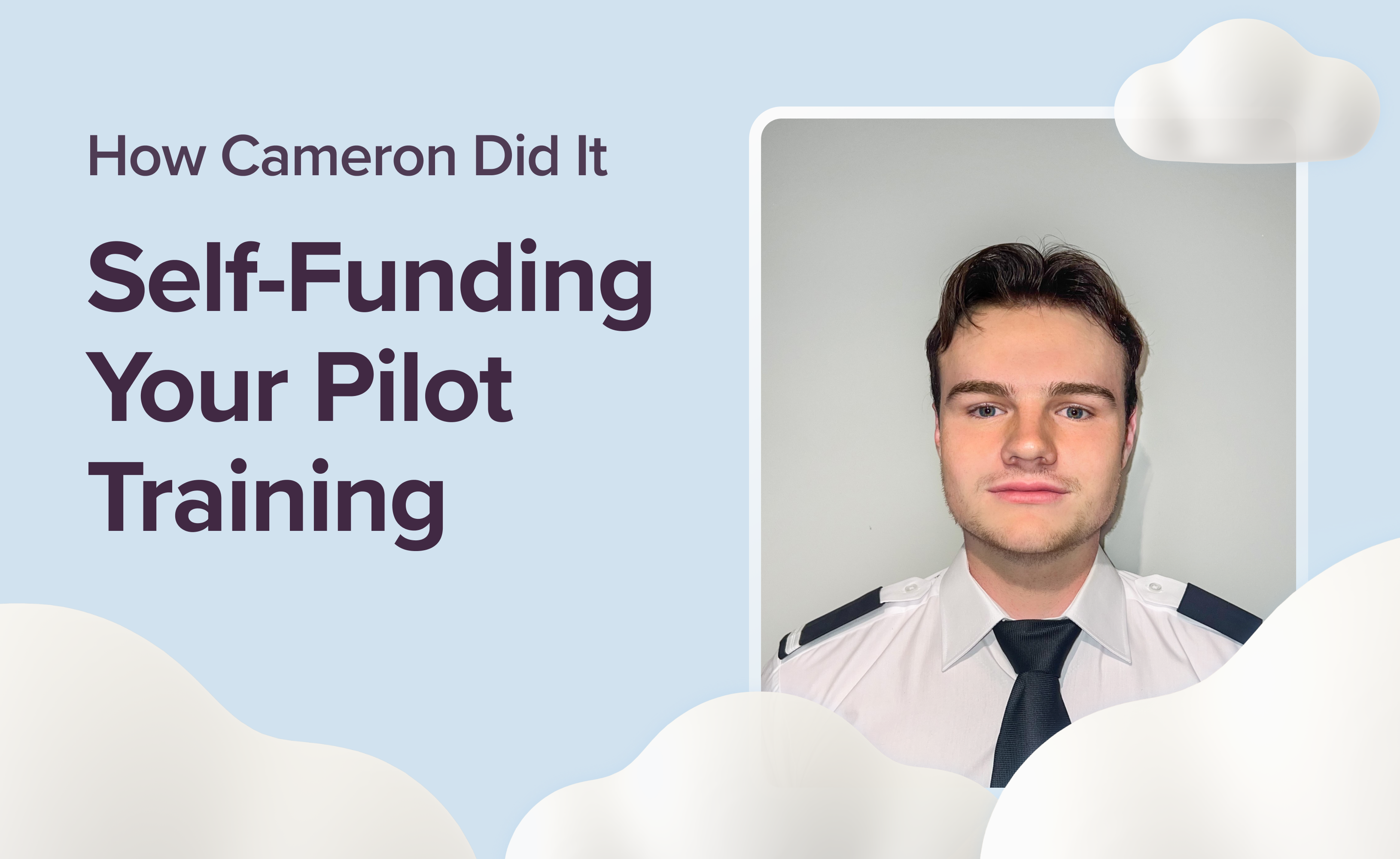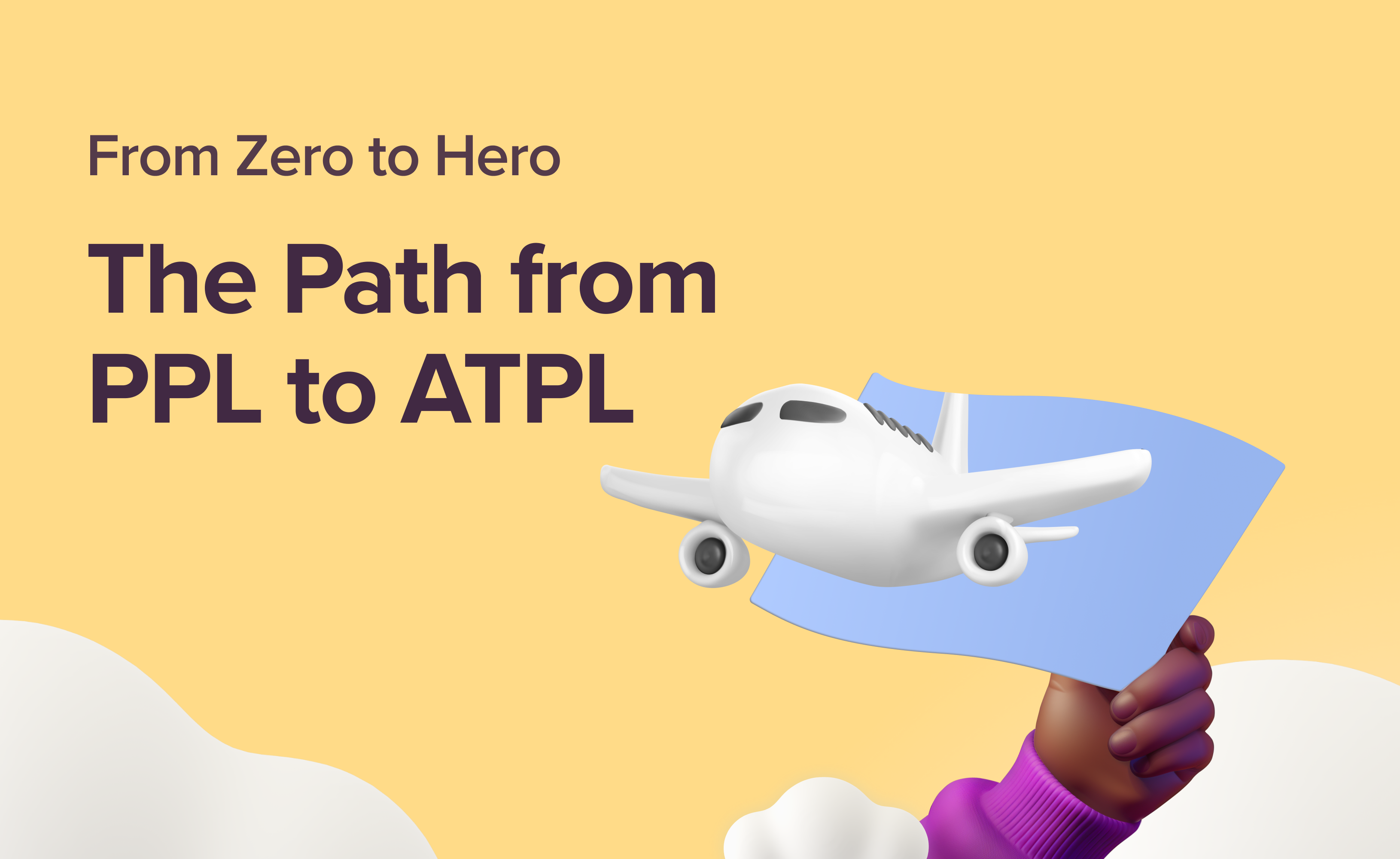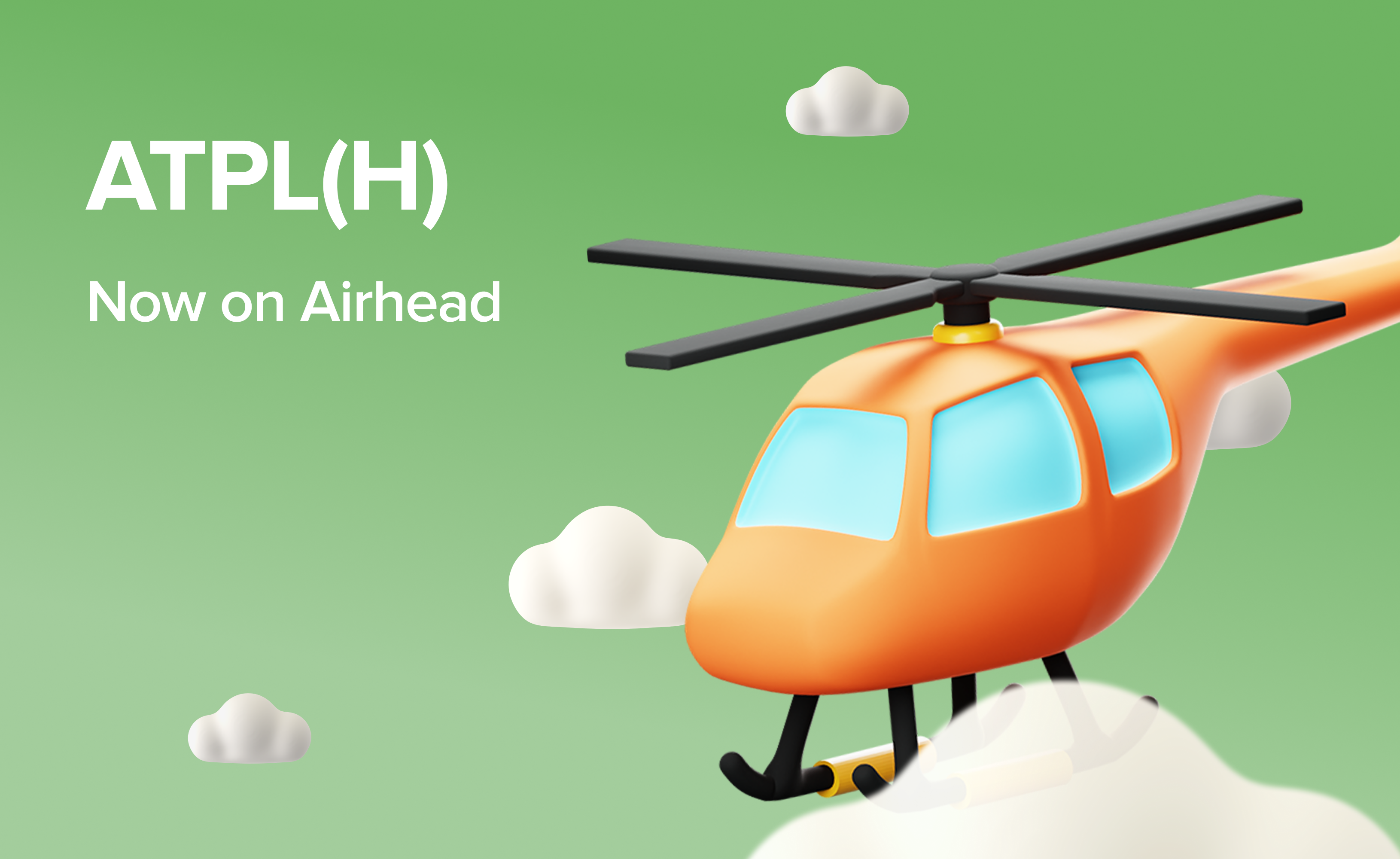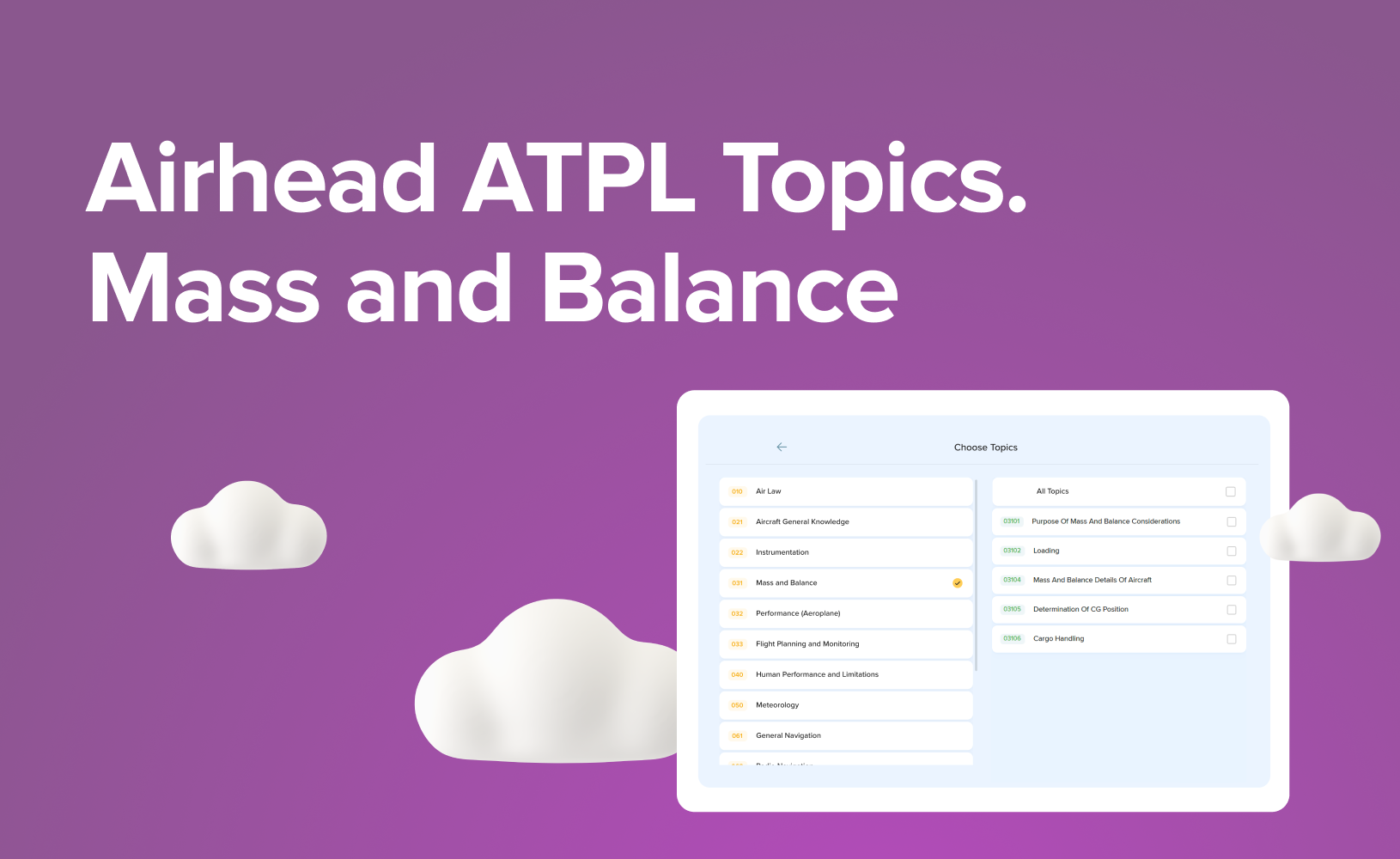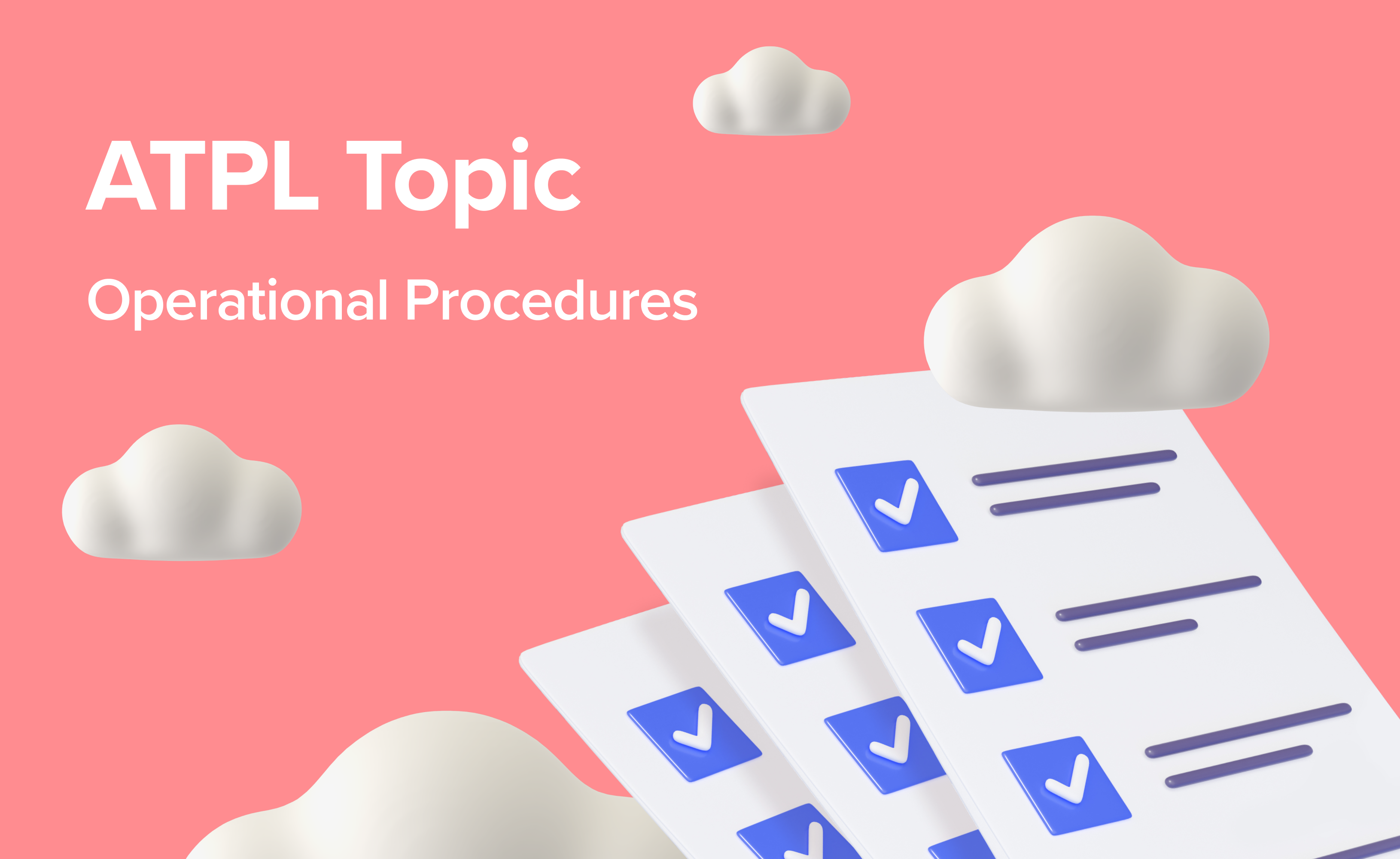Pilots of the Future: How Technology Shapes Flight Training

Predicting the future is tricky, but one thing’s for sure: tech is changing how we do everything. Aviation is no different. Moreover, the aviation industry has always been a hotbed for innovation, and flight training is no exception. From the moment student pilots step into the cockpit to seasoned aviation professionals refining their skills, technology is reshaping the way we learn to fly.
A New Generation of Pilots
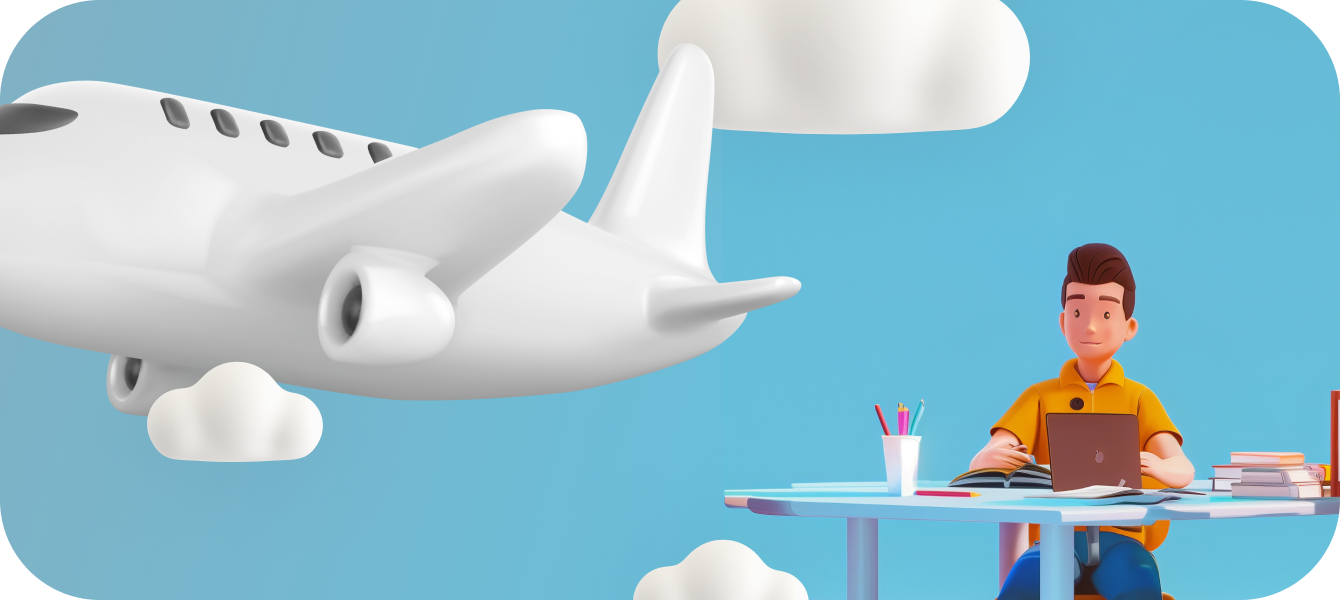
Let's talk about the pilots of tomorrow. Today's youth, digital natives immersed in technology from a young age, bring a unique skill set to the aviation industry. Their aptitude for rapid information processing, multitasking, and problem-solving aligns seamlessly with the demands of modern flight operations. This generation's comfort with complex systems and innate curiosity about technology positions them as ideal candidates for the dynamic world of aviation.
Traditional training methods and educational models, rooted in passive learning, are ill-equipped to engage and inspire these new pilots. To cultivate their potential, aviation training institutions must undergo a paradigm shift in the pilot training process. By incorporating new technologies and hands-on experiences, aviation schools can create dynamic and interactive learning environments. These modern approaches cater to the needs and preferences of today's students.
The table below compares traditional and modern aviation training methodologies, highlighting key differences and advancements. By understanding these contrasts, we can appreciate the transformative impact of technology on pilot education.
Training Type | Training Methodology | Advantages |
Cockpit Training | Hands-on, in-aircraft instruction. | Real-world experience; tactile feedback. |
Computer-Based Aviation Training | Simulation software; virtual scenarios. | Safe learning environment; reduced costs; data-driven insights. |
Hybrid Training | Combination of in-aircraft and simulation. | Balanced real-world and simulation experience; comprehensive skill development. |
The goal is to foster a generation of pilots who are not only technically proficient but also critical thinkers, problem solvers, and lifelong learners. By equipping them with the tools and knowledge to adapt to a rapidly evolving industry, aviation training institutions can ensure the continued success and innovation of the sector.
To achieve this, a holistic approach to pilot training programs is necessary. This includes rethinking curriculum design, incorporating advanced technologies, and fostering a culture of innovation within training institutions. Additionally, there is a need for ongoing research and development to explore new teaching methods and assess their effectiveness.
By investing in the development of this new generation of pilots, the aviation industry can position itself for long-term success.
Three Pillars of Modern Aviation Training
Traditional methods of flight instruction, which often rely heavily on in-person training and manual simulators, are being rapidly enhanced by cutting-edge technologies, making flight training more efficient, safe, and accessible. Flight simulation, virtual reality, and augmented reality form the cornerstone of modern-day pilot training. These technologies have collectively reshaped how pilots acquire and refine their skills, enhancing safety, efficiency, and overall proficiency. Let's examine each one more closely.
Flight Simulators

Flight simulators, long a staple in aviation education, have evolved into highly sophisticated tools capable of replicating a wide range of flight conditions and emergencies. By providing a controlled environment for practice and experimentation, simulators significantly reduce the reliance on actual aircraft and real-world flight time.
Full flight simulators (FFSs), like those used by British Airways for Airbus A380 training, replicate every aspect of aircraft operation. These machines can imitate a broad variety of weather conditions from clear skies to thunderstorms, reproduce turbulence with incredible accuracy, and even recreate the exact feel of the control column and the sound of the aircraft's engines. Many simulators now incorporate virtual reality technology, providing pilots with a completely immersive experience.
Moreover, flight simulators are used not only for pilot training but also for aircraft design, testing new flight control systems, and even studying the impact of climate change on aviation. Simulators reduce training costs by replacing real world flights with simulated ones. Additionally, they eliminate the risks inherent in actual flight, providing a safe space for error-free learning and skill refinement.
Virtual and Augmented Reality

Virtual Reality (VR) and Augmented Reality (AR) have emerged as transformative technologies in aviation training, transcending their entertainment origins. We already mentioned about VR immersive experience, placing trainees in highly realistic simulated cockpits. By replicating real-world conditions and challenges, VR facilitates the development of spatial awareness, decision-making, and crisis management skills. Moreover, VR's flexibility allows for the creation of a vast array of training scenarios, from routine operations to complex emergencies, without the constraints of physical limitations.
Augmented reality, on the other hand, bridges the gap between the digital and physical worlds. By overlaying virtual information in the real environment, AR enhances pilots' perception of their surroundings. This technology is particularly valuable for maintenance tasks, procedural training, and even in-flight decision-making.
Beyond core competencies, VR and AR are reshaping the pilot training landscape in other ways. For instance, language training can be enhanced through VR simulations of real-world communication scenarios, improving proficiency in aviation English. Additionally, these technologies can be used to educate pilots with different aircraft types and operational procedures, increasing their adaptability and versatility.
The convergence of VR and AR creates a powerful synergy in the pilot training. Interactive modules can be designed to simulate complex scenarios, allowing trainees to develop critical thinking, decision-making, and problem-solving skills. Moreover, these technologies enable real-time performance assessment, providing instructors with valuable data to tailor training to individual needs.
For instance, integrating VR and AR can create hybrid training experiences, where trainees can practice in simulated environments while receiving real-time guidance and feedback. Additionally, data analytics can be employed to improve training programs by evaluating performance metrics and identifying areas for improvement.
As VR and AR technology continue to advance, we can anticipate even more innovative applications in aviation training. From advanced simulation environments to personalised learning paths, the potential is vast.
Data Analytics and Machine Learning
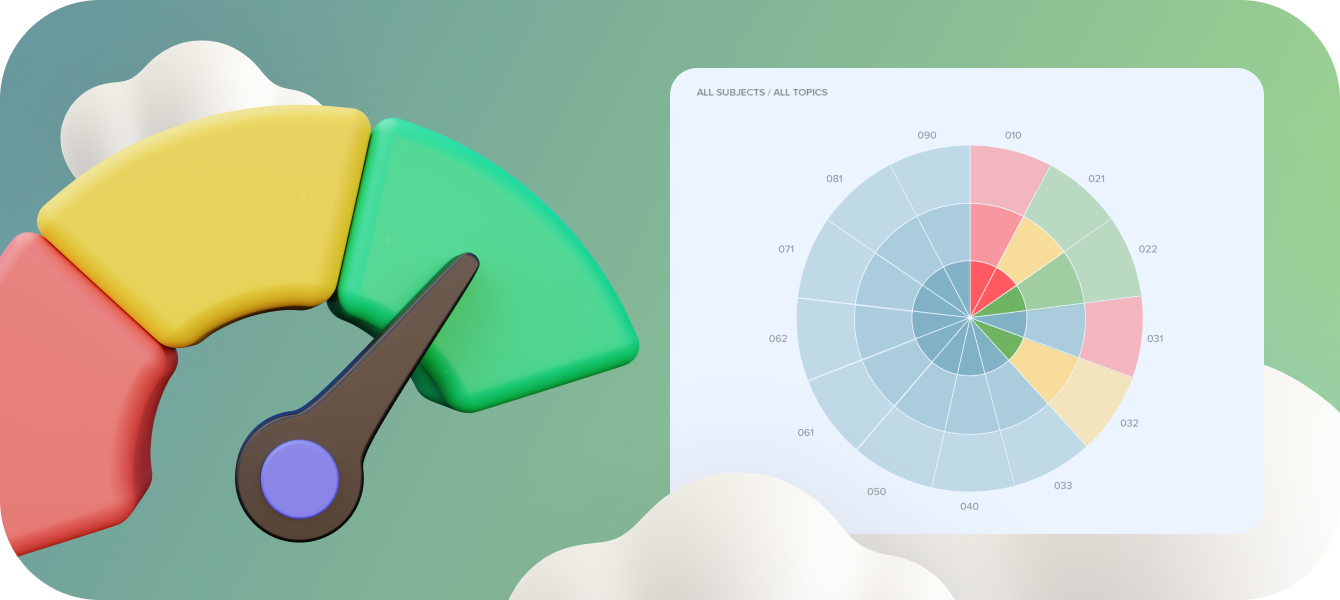
The aviation industry is undergoing a data-driven transformation, with analytics and machine learning emerging as powerful catalysts for change. The sheer volume of data generated by modern aircraft, coupled with advancements in computing power, has created unprecedented opportunities to streamline operations and enhance safety.
By analysing flight data, maintenance records, and pilot performance metrics, airlines and training organisations can identify trends, predict potential issues, and make data-driven decisions.
Pilot training is another area benefiting from data-driven insights. By tracking trainee performance in simulators and real-world flights, institutions can tailor training programs to individual learning styles and paces. Advanced analytics can also identify high-risk areas for pilots, enabling focused training to mitigate potential hazards.
One illustration of this is how flight academies like CAE employ data analysis. They gather information from both flight simulators and actual flights to assess how pilots are doing. With this data, CAE can offer tailored advice to each pilot. Such a method has proven to enhance the effectiveness of training and speed up the educational journey for pilots.
As the modern aviation industry continues to generate and collect more data, the potential for innovation and improvement is immense. By harnessing the power of data analytics, airlines, and training institutes can create a safer, more efficient, and sustainable future for aviation.
E-Learning Platforms

E-learning has fundamentally reshaped the landscape of aviation education and pilot training programs, offering unparalleled accessibility, flexibility, and individual learning experiences. Online platforms, replete with interactive courses, question banks with comprehensive databases like the Airhead App, and collaborative forums, have empowered aspiring pilots to take control of their education, learning at their own pace and following their unique learning styles.
Platforms such as Pilot Training System and Bristol Groundschool exemplify the transformative power of e-learning. As a global leader in aviation data and training solutions, Jeppesen offers a robust e-learning platform aligned with industry standards. Their integration of real-world data and interactive content enhances the learning experience.
While platforms like Udemy and Coursera may not offer the same depth of aviation-specific content as dedicated platforms, they can provide supplementary learning resources and a broader perspective. For instance, courses on time management, stress management, or communication skills can be valuable for pilots.
By providing comprehensive study materials, practice exams, and opportunities for peer interaction, these platforms have broadened access to aviation knowledge, breaking down geographical barriers and accommodating diverse learners.
Beyond traditional e-learning, the aviation industry is at the forefront of adaptive learning, leveraging data analytics and artificial intelligence to create highly relevant training experiences.
By combining the strengths of e-learning with traditional classroom instruction and simulator training, aviation education can achieve new heights of effectiveness.
Technology and Communications Training
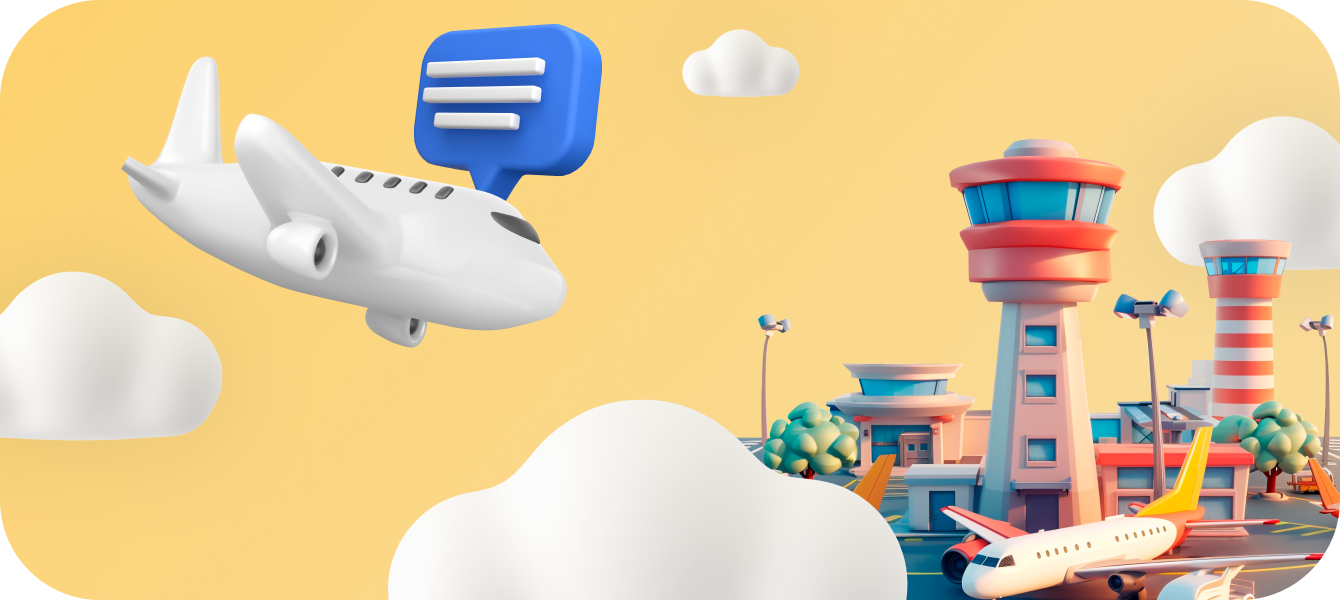
Effective communication is a cornerstone of aviation safety and efficiency. Yet, traditional training methods have often fallen short of equipping pilots with the necessary skills to excel in the dynamic environment of the airwaves. While traditional training methods have laid a foundation, the complex nature of modern airspace demands a more dynamic approach.
Historically, pilots have typically relied on static materials and limited practice opportunities to develop their communication skills. This can lead to anxiety and uncertainty when confronted with the fast-paced environment of air traffic control.
To address this challenge, a new generation of training tools is emerging. Applications like PlaneEnglish ARSim offer immersive, interactive experiences that simulate real-world communication scenarios. By practising radio telephony in a controlled environment, pilots can build confidence and proficiency.
Virtual reality (VR) and augmented reality (AR) have the potential to create highly realistic and engaging learning environments. For instance, VR can simulate complex air traffic control environments, while AR can overlay virtual communication panels onto the real world, providing a seamless integration of technology and training.
Beyond standalone apps, platforms integrating flight simulation and communication training can provide a comprehensive learning experience. These tools offer opportunities for hands-on practice, immediate feedback, and custom-tailored learning paths.
The Future of Flight Training with Technologies

Customised training is no longer a mere aspiration but a tangible reality, made possible through the synergy of data analytics and machine learning. By meticulously analysing vast datasets encompassing pilot performance, learning patterns, and aptitude, these technologies unlock a realm of possibilities for personalised education.
Through advanced algorithms, training programs can be tailored to the unique needs of each individual, perfecting learning outcomes and accelerating skill development. By identifying strengths, weaknesses, and knowledge gaps, institutions can deliver targeted instruction, ensuring that training resources are allocated efficiently. Moreover, data-driven insights can be used to predict potential challenges and implement proactive measures, enhancing overall pilot performance and safety.
This level of adaptability fosters a more engaging and effective learning experience, as trainees are presented with content that is directly relevant to their goals and aspirations. Ultimately, data-driven training empowers pilots to reach their full potential while enhancing the effective use of training resources.
Airhead's Takeaway

The integration of technology into flight training has ushered in a new era of aviation education. From the ground-breaking flight simulator to the immersive realm of virtual reality, the tools at our disposal are transforming the way we learn to fly. As we look ahead, the possibilities are boundless. With advancements in artificial intelligence, augmented reality, and data analytics, the future of flight training promises to be even more dynamic, efficient, and accessible. While technology continues to evolve, one truth remains constant: the human element remains indispensable. Pilots will always be the heart of aviation, and their ability to adapt and learn will be the ultimate determinant of success.




